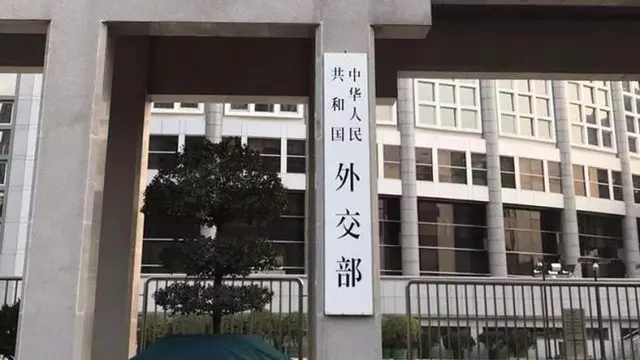A group of American scientists have found a new possibility to cure leukemia, a deadly disease that knocks down patients as young as only seven years old, the results of a new study published Monday show.
In the study published in Journal Nature Medicine, the group of scientists from Stanford University and National Institute of Health (NIH) found that a molecule, called CD22, can serve as a potent target for the killer cells of acute lymphoblastic leukemia, a common childhood cancer.
It came after the U.S. Food and Drug Administration approved last August a cell-based gene therapy, namely the CAR T-cell treatment.
It works by genetically modifying a patient's own immune cells to seek out and attack leukemia cells that have a molecule called CD19 on their surface. Such a therapy relies on the patient's own T cells -- a type of immune cell that can become a powerful killing machine.
Stanford oncologist Crystal Mackall and NIH's pediatric hematologist Terry Fry, discovered that a molecule called CD22 can be a similar target.
Scientists treated 21 patients with treatment-resistant B-cell leukemia who are aged seven to 30 to test the new CD22-directed method.
Seventeen of them were previously treated with CD19-directed therapy and 15 of them had either relapsed or failed to respond.
They found that at the lowest dose level, one in six patients achieved complete remission after treatment, and with an escalated dose, 11 of 15 patients entered remission.
The new approach is helpful because the cancer cells of some patients who undergo CD19-directed therapy stop expressing the CD19 molecule on the cell surface. The relapse rate of CD22-directed therapy also proves high.
The researchers hope that targeting CD19 and CD22 simultaneously may produce an approach where cancer cells are unable to evade, thus leading to a new therapy for curing leukemia in the future.
(ASIA PACIFIC DAILY)
 简体中文
简体中文

